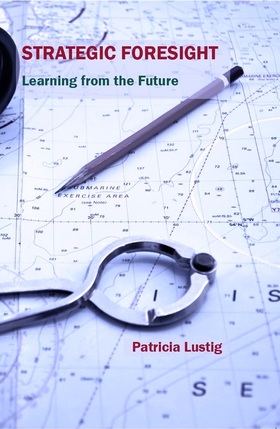Strategic Foresight : Learning from the Future
|
“In most businesses, foresight is too often regarded as irrelevant – either insipidly bland or too fanciful for seriously busy managers to bother with. Meanwhile strategic foresight is viewed rather like the quantum world - full of complicated theories that nobody really understands anyway.
But now there can be no excuse. Here at last is a book that (though scholarly) effortlessly avoids academic tedium. Tricia Lustig describes many useful tools and hands-on ways to use foresight as a way to futureproof any business and have fun at the same time. Written simply, in a confident conversational style, but with a profoundly down-to-earth appreciation of what leaders actually need, this compelling and hugely informative book will enlighten managers like no other book on the topic has managed to do. Get a copy. It will be your constant guide - helping you stay in business and avoiding the traps that the unwary are increasingly falling into because of a lack of foresight.” Richard Hames, (Richard works as a strategic adviser to institutions and multinational corporations worldwide and advises governments on issues like whole system change, urban development, governance, security and alternative energy) "If you are the type of leader that finds conventional books on forecasting, planning and development to be more than a little boring, here is an book on strategic foresight that may be just like mind candy for you to read—in large part because of the artful way that Patricia Lustig weaves together a narrative that is rich in “war story” anecdotes, both about others, and about her own rich experiences in different sectors of several cultures. It is definitely about finding and following your “bliss” in the volatile, uncertain, complex and ambiguous (VUCA) operating environments that all leaders today must increasingly cope with."
Oliver Markley, Professor Emeritus and former Chair, Graduate Program in Studies of the Future University of Houston-Clear Lake "In an increasingly complex business environment, strategic futures and foresight tools and techniques have much to offer businesses to help them improve both strategy and planning. But they are often poorly understood. In this practical introduction, Tricia Lustig draws on her experience of futures, learning and business transformation to help organisations design and create a better future for themselves."
Andrew Curry, The Futures Company |

